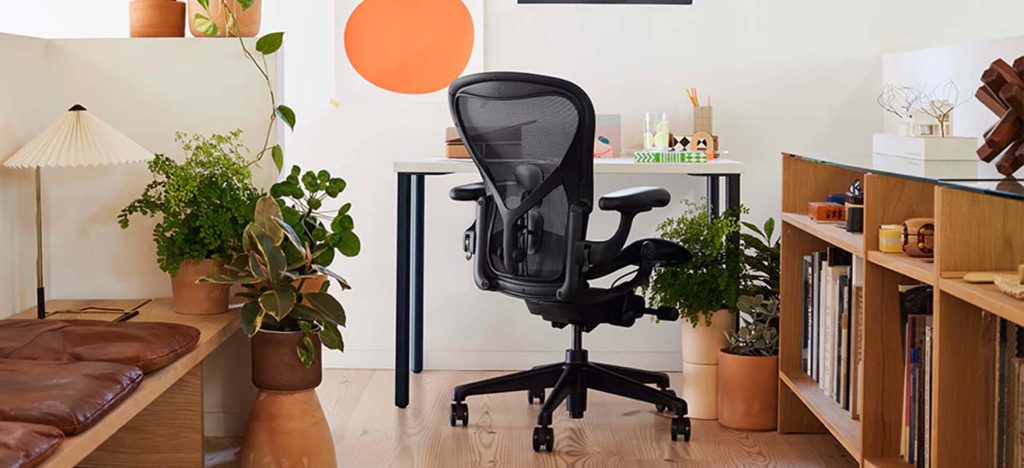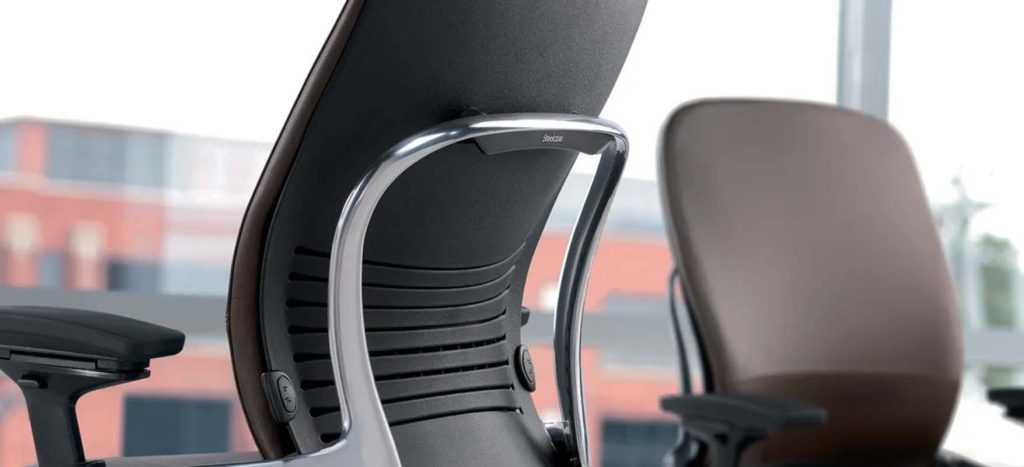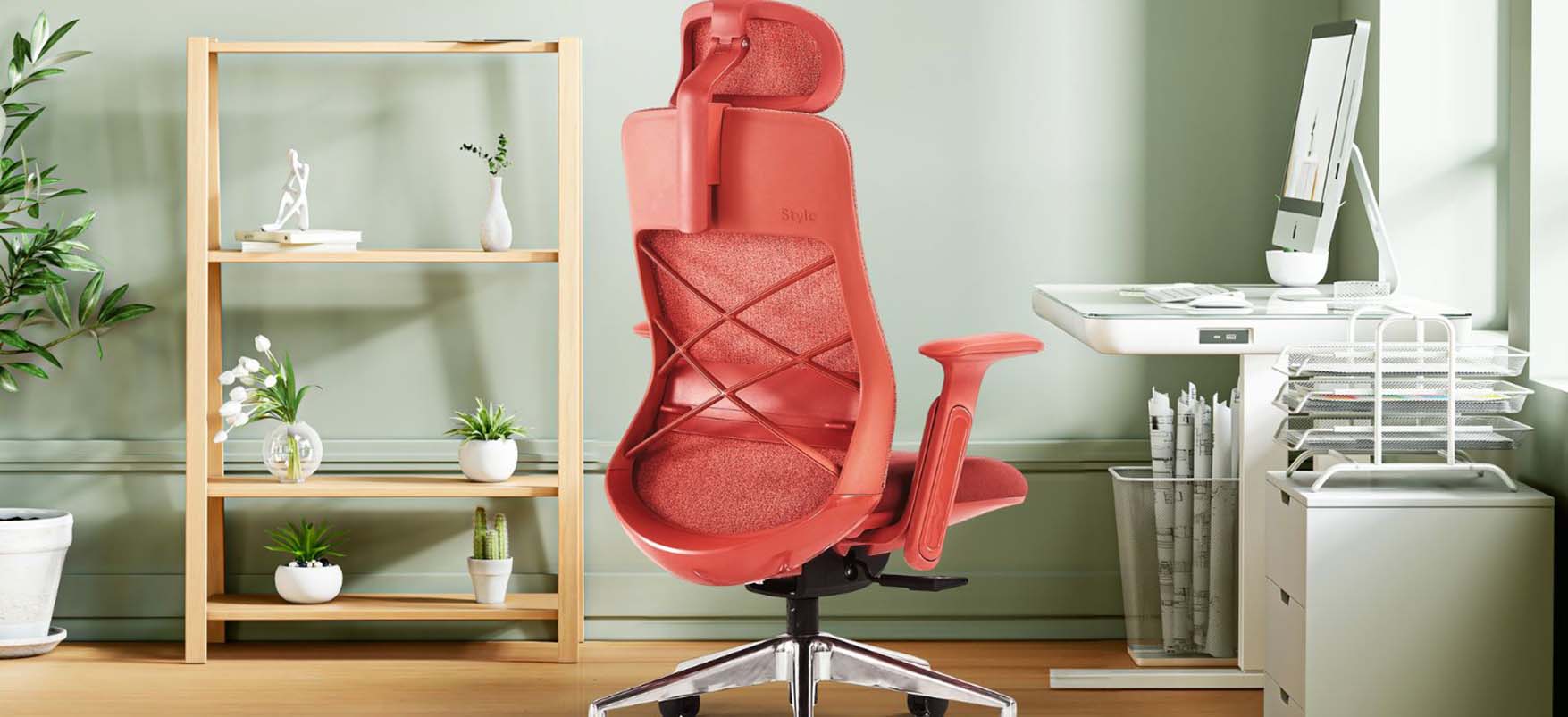In today’s fast-paced world, where the majority of professionals spend most of their time seated at a desk, the importance of an ergonomic office chair cannot be overstated. With a significant number of people working remotely or in office settings for prolonged hours, the effects of an uncomfortable or poorly designed chair can lead to long-term physical problems, including back pain, poor posture, and even chronic health issues.
As someone who has experienced the transformative benefits of switching to an ergonomic office chair, I’m excited to share what makes these chairs a game-changer. This guide is an in-depth look into why ergonomic chairs are crucial for a pain-free workday, how to select the right chair, and how these chairs can make a significant difference in your overall health and productivity.
Why Ergonomics Matter
Ergonomics is the science of designing products that fit comfortably and safely with the human body, reducing strain and preventing injury. When it comes to office chairs, an ergonomic design is essential for supporting the natural alignment of your spine, reducing muscle tension, and preventing fatigue from long hours of sitting.
The Risks of Poor Posture:
Most people underestimate the damage that a poor sitting posture can cause. Sitting in a chair that doesn’t support your body properly can lead to:
- Chronic back pain: One of the most common complaints among office workers. A chair without lumbar support can leave the lower back unsupported, leading to the natural curve of the spine being lost.
- Neck and shoulder pain: Without an ergonomic backrest or armrests, your shoulders tend to hunch, and the strain on your neck increases.
- Fatigue and discomfort: A poorly designed chair can make sitting uncomfortable after a short while, leading to restlessness and reduced focus.
- Reduced productivity: Physical discomfort often leads to reduced productivity. You’re more likely to take breaks or be distracted when your body isn’t supported.

Key Features of an Ergonomic Office Chair
An ergonomic office chair isn’t just any comfortable chair. There are key features that distinguish ergonomic designs from standard office chairs, and these are critical in promoting comfort and supporting long hours of sitting.
1. Adjustable Seat Height
One of the most important features of an ergonomic chair is adjustable seat height. Every person has different leg lengths, so the chair’s height should be easy to adjust to accommodate different users. The ideal seat height allows you to sit with your feet flat on the floor, knees at a 90-degree angle, and thighs parallel to the ground. This promotes healthy circulation and minimizes pressure on your lower back.
My Experience:
I used to sit in a chair that was too high for me, leading to uncomfortable pressure points on my thighs. Once I switched to an ergonomic chair with adjustable seat height, I immediately noticed a difference in my posture and overall comfort. No more dangling feet or awkward leg positioning.
2. Lumbar Support
Lumbar support is crucial for maintaining the natural inward curve of your lower spine. Ergonomic office chairs come with built-in lumbar support that can be adjusted to fit the curve of your back, providing support to the lumbar region and preventing back pain.
Without proper lumbar support, sitting for extended periods can lead to slouching and flattening of the lower back, which increases pressure on the spinal discs.
My Experience:
The lack of lumbar support in my previous chair caused me to slouch constantly, which resulted in significant lower back pain. My ergonomic chair’s adjustable lumbar support has been a game-changer. It not only supports my spine but also encourages me to maintain a healthy posture throughout the day.
3. Adjustable Armrests
Armrests should allow your arms to rest comfortably at a 90-degree angle while typing or using a mouse. Ergonomic chairs have adjustable armrests that can be raised or lowered to align with your desk’s height and your arm’s natural position.
My Experience:
I used to hunch my shoulders while typing, leading to tension in my neck and upper back. Once I adjusted my chair’s armrests to the correct height, I noticed a huge improvement in my upper body posture. My shoulders are relaxed, and my arms are positioned naturally.
4. Seat Depth and Width
The depth of the chair’s seat should allow you to sit with your back fully supported by the backrest while leaving 2-3 inches of space between the edge of the seat and your knees. Adjustable seat depth is a feature found in high-quality ergonomic chairs that allows for customization based on individual body dimensions.
My Experience:
My previous chair was too deep, causing my lower back to lose contact with the backrest, leading to poor posture. Once I found a chair with adjustable seat depth, I was able to adjust it to fit my body perfectly, providing continuous back support and comfort.
5. Reclining Feature
The ability to recline in an ergonomic chair helps alleviate pressure on your spine and allows for a more relaxed sitting position during breaks. The best ergonomic chairs offer a reclining feature that supports multiple angles, reducing tension in your lower back and thighs.
My Experience:
I love that my ergonomic chair allows me to recline during short breaks. It offers just the right amount of support without making me feel like I’m slumping. This feature helps me stay comfortable and focused during long hours of work.
6. Swivel and Casters
A swivel base allows you to rotate easily and access different areas of your desk without straining. High-quality ergonomic chairs come with casters that roll smoothly, reducing the need to stretch or twist your body awkwardly.
My Experience:
Being able to move and swivel effortlessly in my chair has made my work routine more fluid. I no longer strain to reach for items or turn awkwardly to talk to colleagues.
Choosing the Right Ergonomic Chair
When selecting an ergonomic chair, there are a few key factors to consider:
- Your Body Type: Not all chairs are designed the same, so look for a chair that is adjustable enough to accommodate your height and weight. If you’re tall, ensure the seat depth and backrest height can support your body. If you’re shorter, make sure the seat isn’t too deep.
- Your Work Environment: Do you spend most of your day at a computer, or are you frequently moving around? If you need to transition between different tasks, an ergonomic chair with smooth casters and a swivel base is essential.
- Your Budget: Ergonomic chairs come in a wide range of prices, from budget-friendly models to high-end executive chairs. While more expensive chairs tend to offer better adjustability and higher-quality materials, there are affordable ergonomic chairs that provide excellent support without breaking the bank.
Ergonomic Chairs I Recommend
1. Herman Miller Aeron Chair
The Herman Miller Aeron is the gold standard of ergonomic office chairs. It offers a range of adjustable features, including seat height, lumbar support, and tilt mechanisms. The mesh back provides breathability, while the overall design is sleek and modern. It’s an investment, but for those who spend long hours at a desk, the comfort and support are worth it.

2. Steelcase Leap Chair
Another highly regarded ergonomic chair, the Steelcase Leap offers excellent lumbar support, customizable features, and a flexible backrest that moves with you. It’s perfect for those who want a chair that adapts to their movements while providing optimal support.

3. Hbada Ergonomic Office Chair
For those on a budget, the Hbada Ergonomic Office Chair provides solid support and adjustability at a more affordable price point. It has lumbar support, an adjustable headrest, and a breathable mesh back.
Ergonomic office chairs are not just a luxury—they’re essential for anyone who spends long hours sitting at a desk. By investing in a chair that supports your body’s natural alignment, you can significantly reduce the risk of pain, improve your posture, and increase your overall productivity. Since making the switch to an ergonomic chair, I’ve experienced fewer aches and pains and can focus more on my work without the constant distraction of discomfort.
